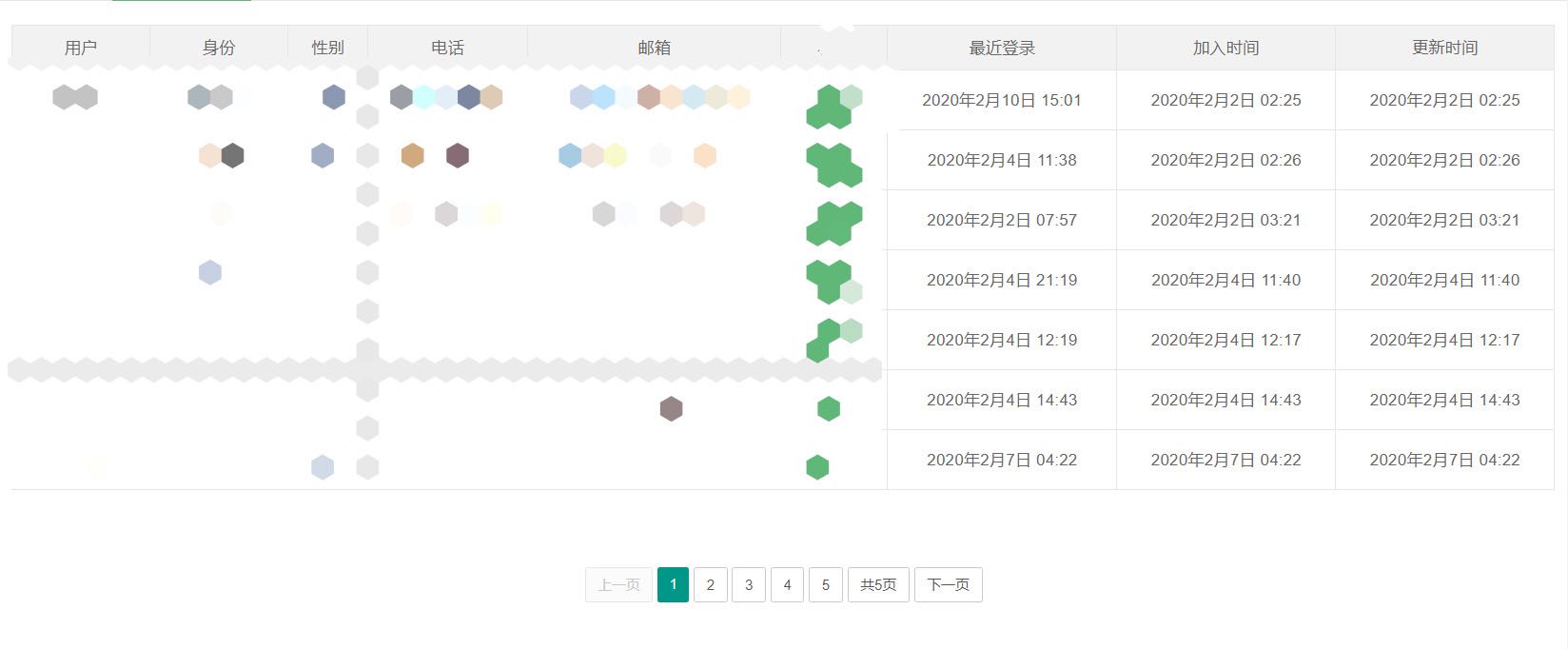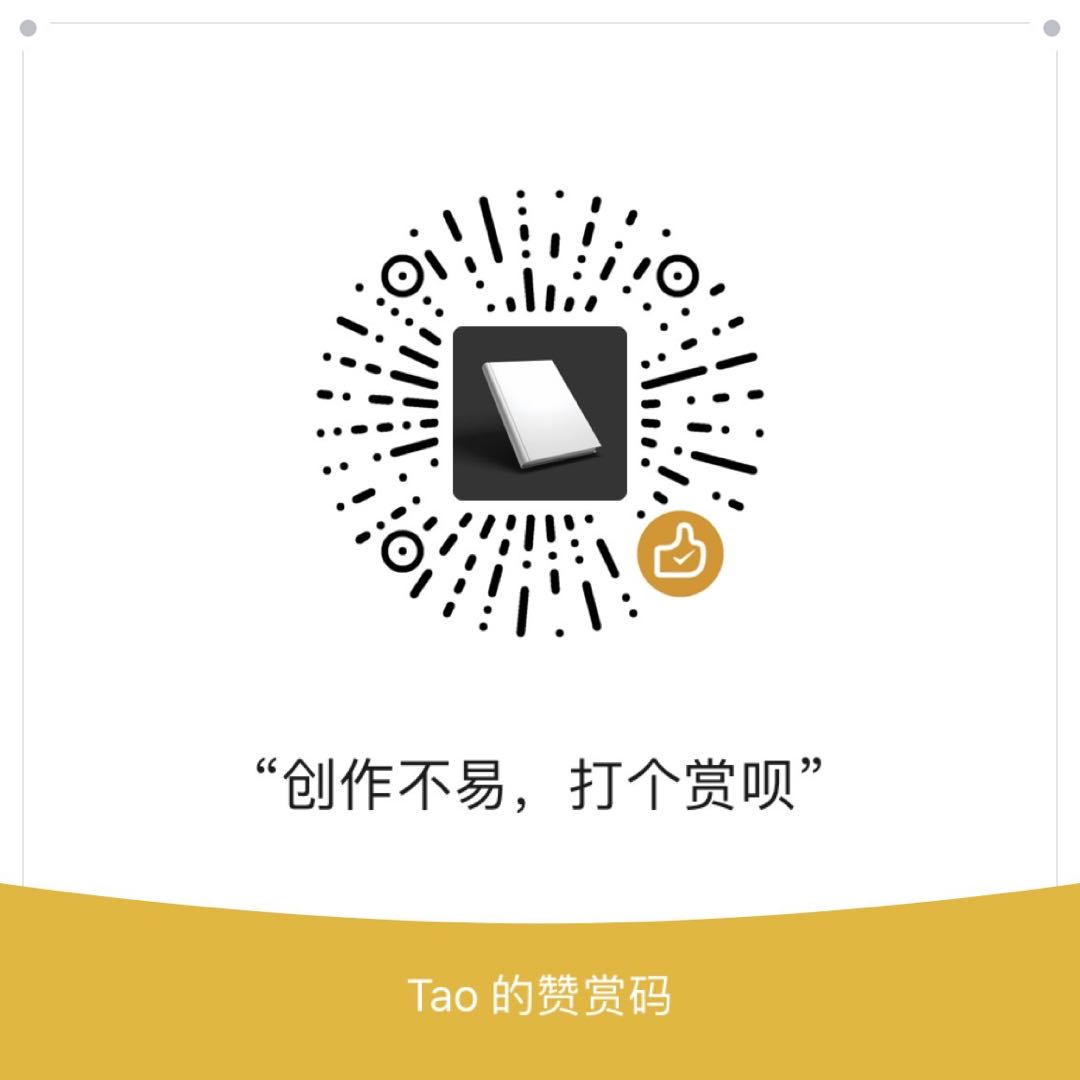How to switch pages without refreshing the whole page?
In fact, the implementation is very simple. The idea is: how many pages are the Paginator backend split (for example: how many pages in total; how many pages are the current page; what is the content of this page?) , through Ajax interactive data display.
Two core objects of Paginator (Paginator, page)
Paginator
- Per page: display the number of records per page
- count: total number of data
- Num pages: total pages
- page_range: index range of total pages, such as: (1,10), (1200)
- Page: page objectpage (2) represents the object of the second page of data
Page
- Has "next: is there a next page
- Has previous: whether there is a previous page
- Next page number: next page number
- Previous page number
- Object list: current page data list after paging
- number: current page
- paginator: paginator object, parent object
Paste code, hope to learn and communicate with you.
urls.py
from app import views urlpatterns = [ path('console/', views.console, name='console'), ]
views.py
from django.http import JsonResponse from django.core.paginator import Paginator, PageNotAnInteger, InvalidPage from # The 'user' here is the data displayed for calling models def console(request): # All data user_list = User.objects.all() # Paging function, 7 pieces of data per page paginator = Paginator(user_list, 7) if request.method == 'GET': # Data on the first page is displayed by default users = paginator.page(1) return render(request, 'system/console.html', {'users': users}) # Ajax data interaction if request.is_ajax(): page = request.GET.get('page') try: users = paginator.page(page) # If the number of pages is not an integer, return to the first page except PageNotAnInteger: users = paginator.page(1) # If the number of pages does not exist / is illegal, return to the last page except InvalidPage: users = paginator.page(paginator.num_pages) user_li = list(users.object_list.values()) # They are whether there is false/true on the previous page, whether there is false/true on the next page, the total number of pages, and the data of the current page result = {'has_previous': users.has_previous(), 'has_next': users.has_next(), 'num_pages': users.paginator.num_pages, 'user_li': user_li} return JsonResponse(result)
console.html
The style uses the home-made framework UI (layui), including static table and button style layui portal
<link rel="stylesheet" href={% static 'layui/css/layui.css' %}> <table class="layui-table"> <thead> <tr> <th>user</th> <th>identity</th> <th>Gender</th> <th>Telephone</th> <th>mailbox</th> <th>Recent login</th> <th>Adding time</th> <th>Update time</th> </tr> </thead> <tbody id="tbody"> //Default first page content {% for u in users %} <tr> <td>{{ u.username }}</td> <td>{{ u.is_rank }}</td> <td>{{ u.sex }}</td> <td>{{ u.phone }}</td> <td>{{ u.email }}</td> <td>{{ u.last_login }}</td> <td>{{ u.date_joined }}</td> <td>{{ u.update_time }}</td> </tr> {% endfor %} </tbody> </table> <div style="text-align: center;margin: 5% 0;"> <form id="page" action={% url 'console' %}> <a class="first_page"> <button type="button" class="layui-btn layui-btn-primary layui-btn-sm">Previous page</button> </a> // Convenient pages {% for num in users.paginator.page_range %} <a class="now_page"> <button type="button" class="layui-btn layui-btn-primary layui-btn-sm">{{ num }}</button> </a> {% endfor %} <button id="num_pages" type="button" class="layui-btn layui-btn-primary layui-btn-sm"> common{{ users.paginator.num_pages }}page </button> <a class="last_page"> <button type="button" class="layui-btn layui-btn-primary layui-btn-sm">next page</button> </a> </form> </div>
Part ajax
Tool jQuery 3.4.1 jQuery portal
<script> $(function () { // ajax paging let now_page = 1; $('.first_page button').removeClass('layui-btn-primary').addClass('layui-btn-disabled'); $('.now_page button').first().removeClass('layui-btn-primary').addClass('page_this'); //Previous page $('.first_page').click(function () { now_page -= 1; if (now_page < 1) { now_page = 1; return false } else { $('.page_this').parent().prev().click(); } }); //next page $('.last_page').click(function () { let num_pages = $('.now_page button').last().text(); now_page += 1; if (now_page > parseInt(num_pages)) { now_page -= 1; return false } else { $('.page_this').parent().next().click(); } }); //Switch page $('.now_page').click(function () { now_page = parseInt($(this).children('button').text()); $('.now_page button').removeClass('page_this').addClass('layui-btn-primary'); $(this).addClass('page_this'); $(this).children('button').removeClass('layui-btn-primary').addClass('page_this'); page_click() }); function page_click() { let page_form = $('#page'); $.ajax({ type: 'get', url: page_form.attr('action'), data: {page: now_page}, success: function (data) { $('#tbody tr').remove(); $('#Num [pages'). HTML ('total '+ data. Num [pages +' pages'); if (data.has_previous === true) { $('.first_page button').removeClass('layui-btn-disabled').addClass('layui-btn-primary'); } else { $('.first_page button').removeClass('layui-btn-primary').addClass('layui-btn-disabled') } if (data.has_next === true) { $('.last_page button').removeClass('layui-btn-disabled').addClass('layui-btn-primary'); } else { $('.last_page button').removeClass('layui-btn-primary').addClass('layui-btn-disabled'); } $.each(data.user_li, function (index, user) { let a = '<td>'; let b = '</td>'; let body = a + user.username + b + a + user.is_rank + b + a + user.sex + b + a + user.phone + b + a + user.email + b + a + user.last_login + b + a + user.date_joined + b + a + user.update_time + b; $('#tbody').append('<tr>' + body + '</tr>'); }); } }) } }) </script>
Design sketch

Maybe there are more advanced methods. This is just one of them. I hope to share and learn with you.
